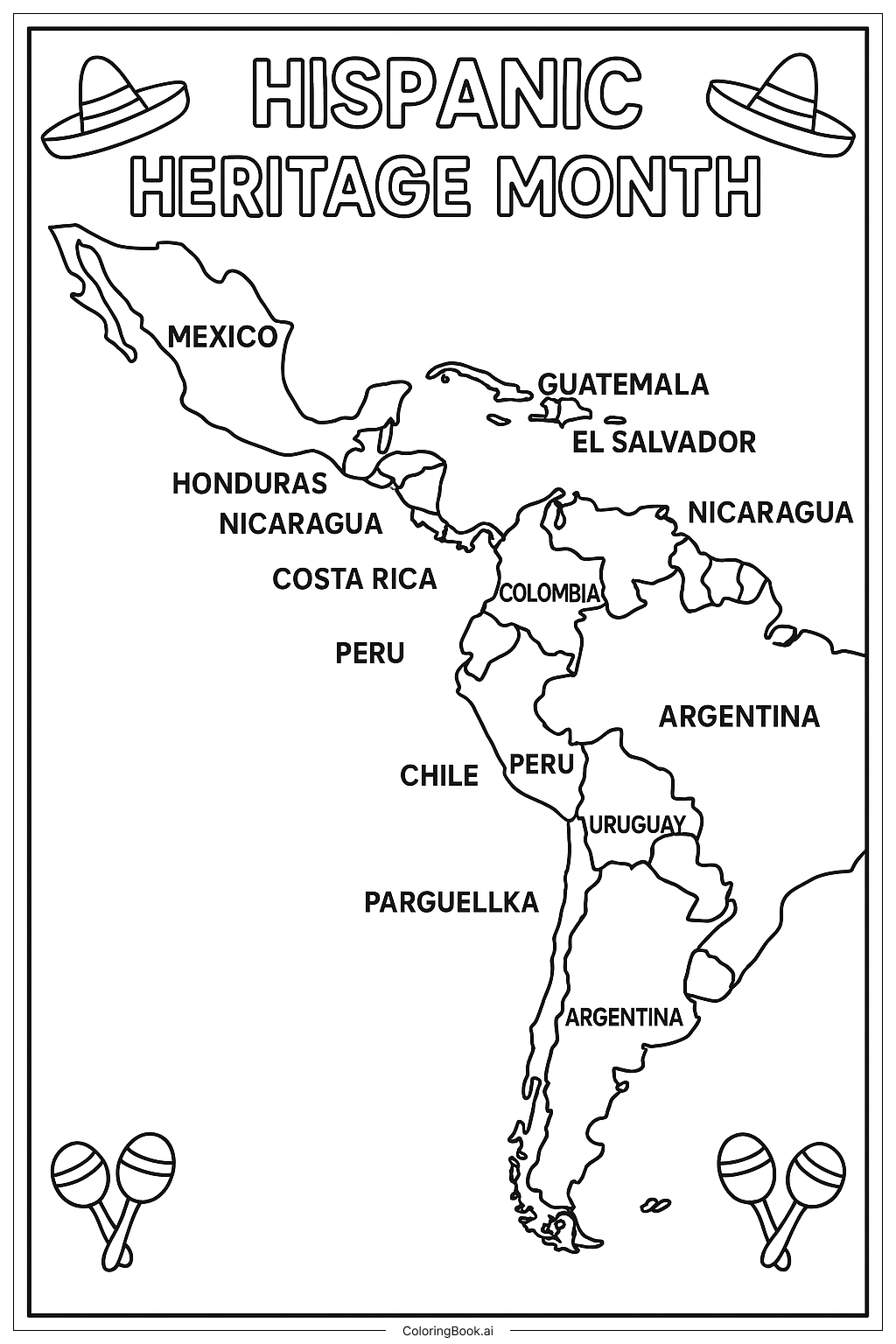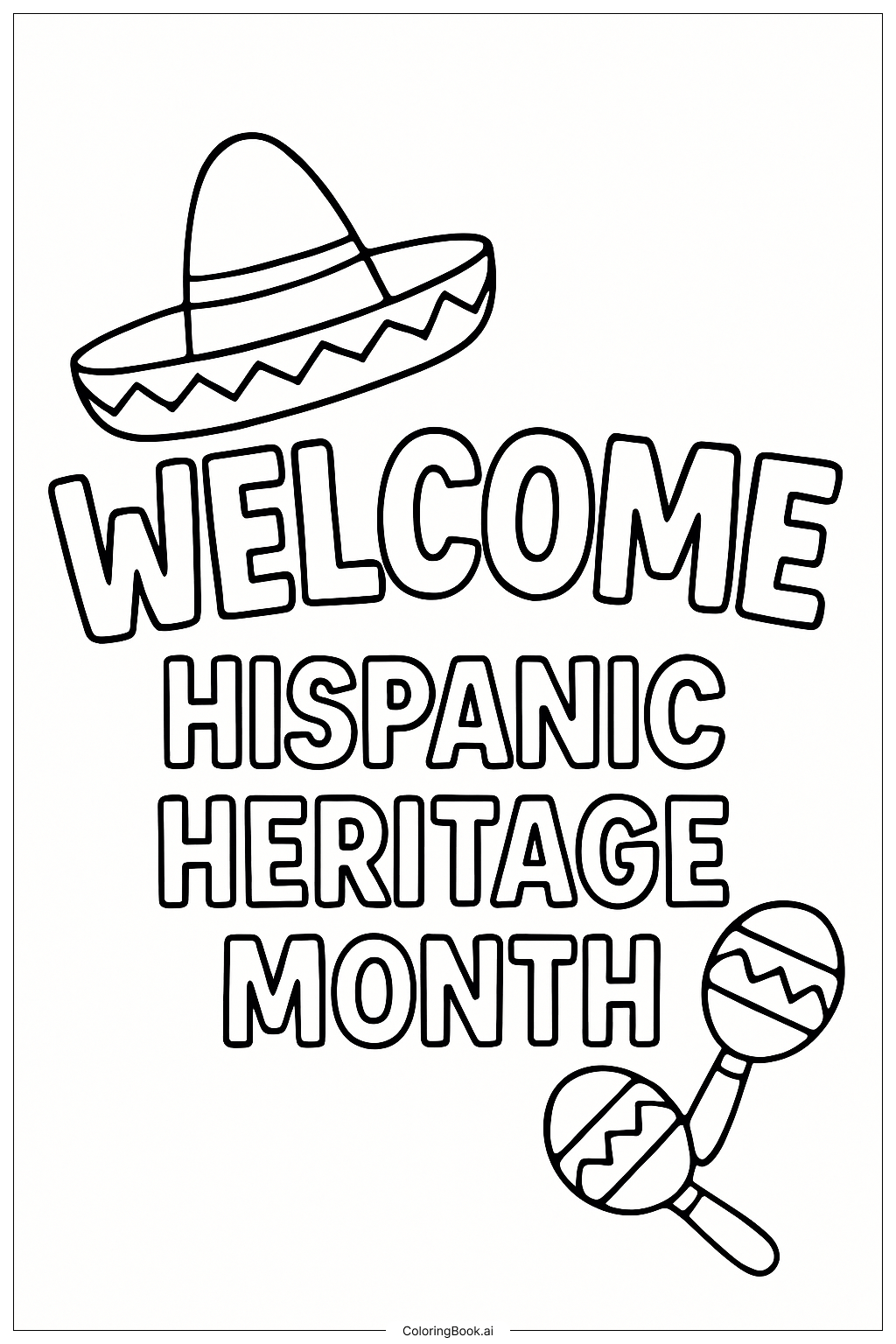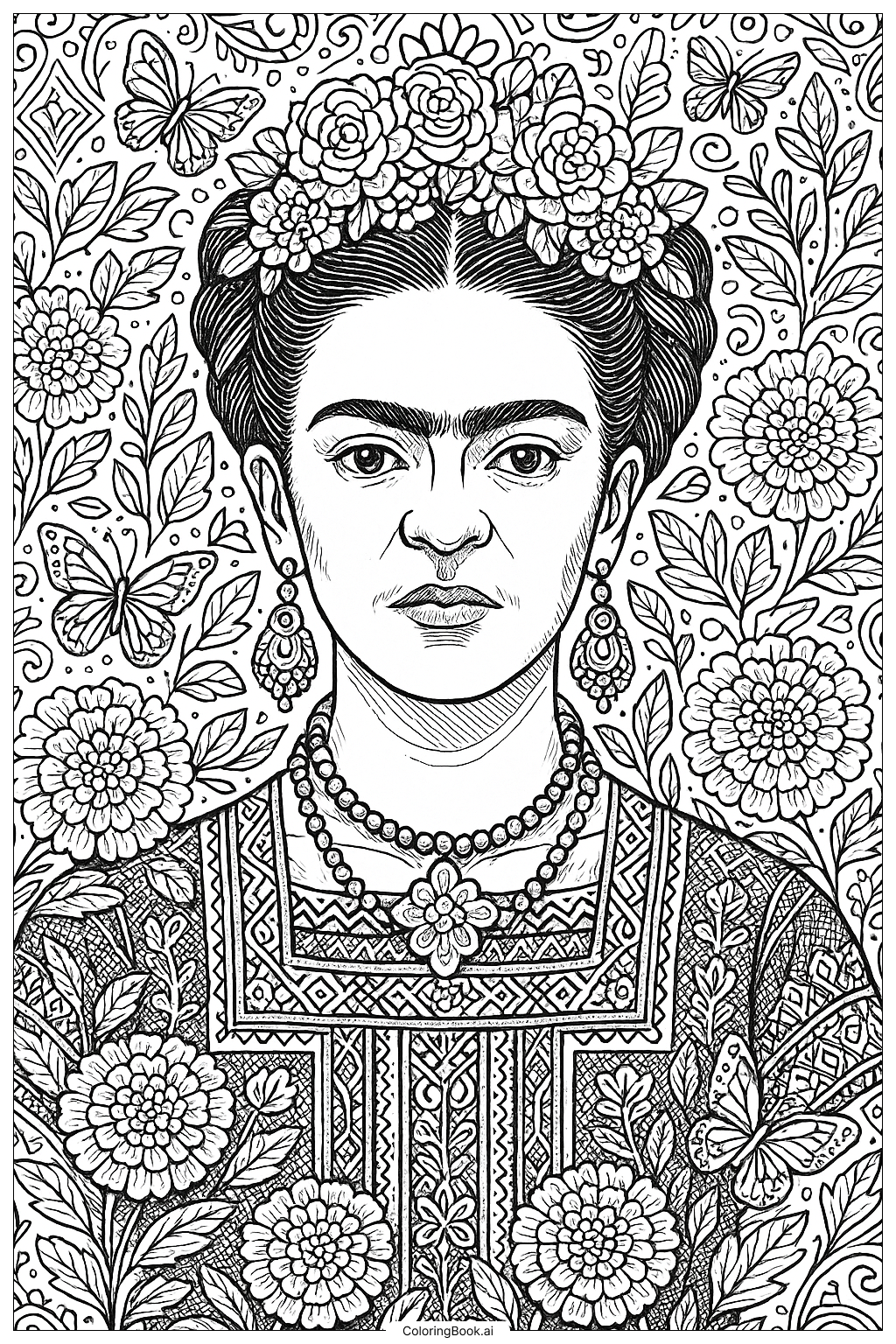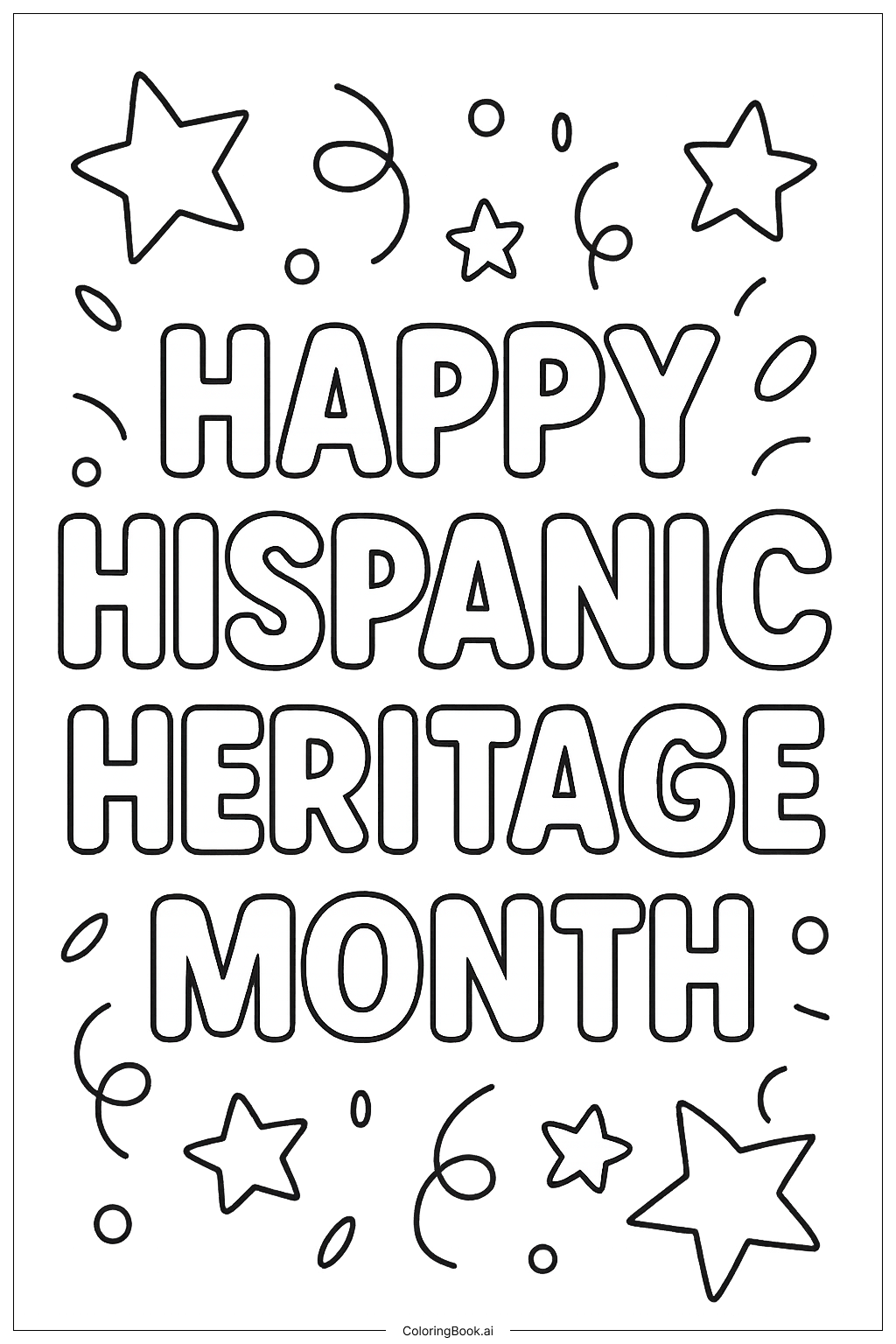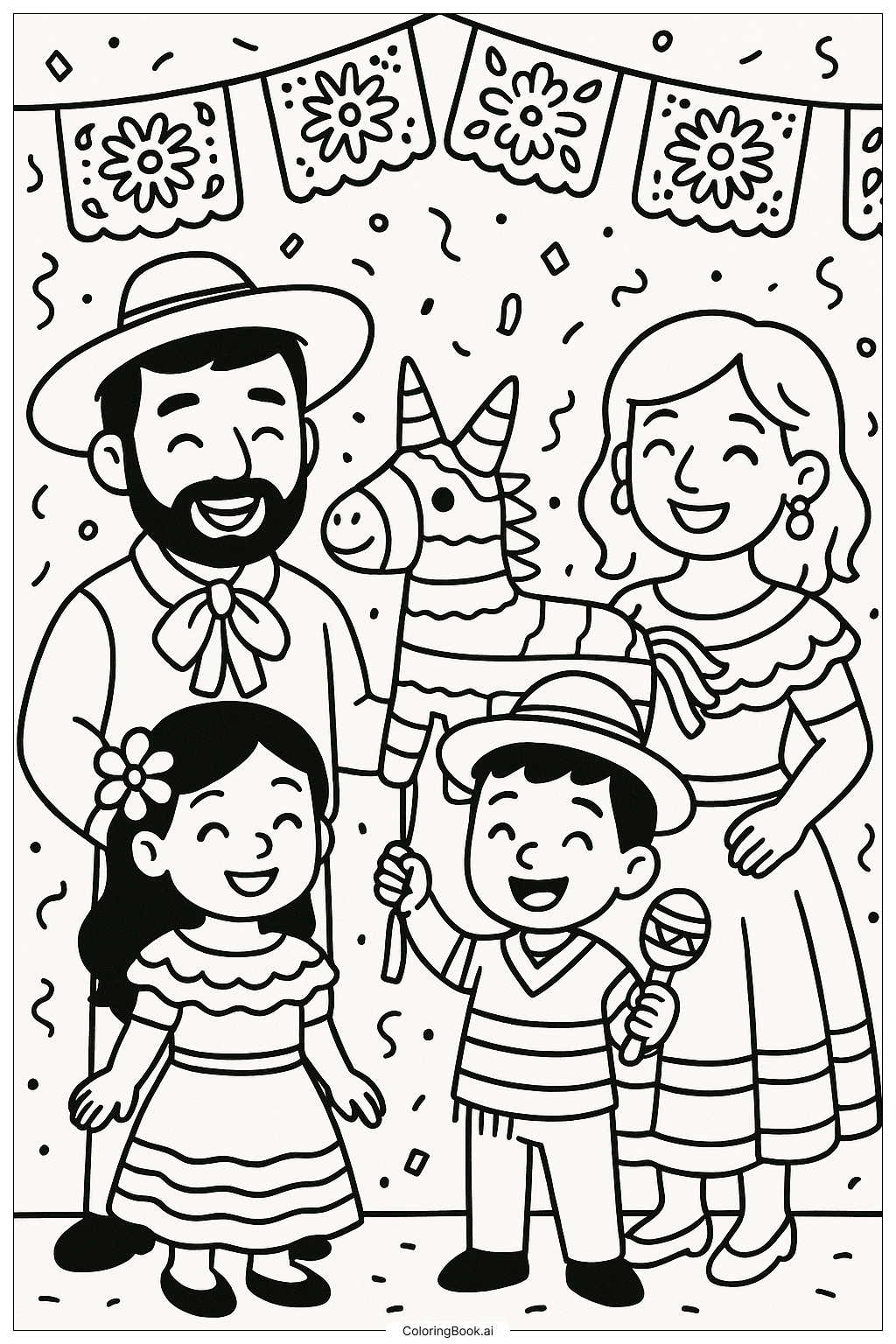Coloring tips: How to color Map Of Nations For Hispanic Heritage Month coloring page well?
Use bright and vibrant colors to bring the map to life. You can color each country with a different shade to help distinguish them easily. Use traditional colors like green, white, and red for Mexico. For the sombreros, try colors like yellow or brown to make them stand out. The maracas can be colored with multiple bright shades, like red, blue, and yellow. Don’t forget the background – you might want to leave it white or color it lightly so the countries and text remain clear. Use crayons, markers, or colored pencils for best results. Take your time and enjoy the process!
Coloring challenges: Which parts are difficult to color and need attention for Map Of Nations For Hispanic Heritage Month coloring page?
1. Small country areas are tricky to color neatly without going outside the lines, especially places like El Salvador and Uruguay.
2. The map borders are detailed and irregular, requiring careful coloring to stay inside the lines.
3. Letters naming the countries are close to country borders, so you need to color carefully around the text.
4. The overlapping names for Peru and Argentina may confuse which part belongs to which country when coloring.
5. Coloring the sombreros and maracas with traditional but simple patterns might be challenging to keep consistent and balanced.
Benefits of coloring books: Advantages of drawing Map Of Nations For Hispanic Heritage Month coloring page
Coloring this map helps improve hand-eye coordination and fine motor skills as you focus on small areas and details. It also enhances knowledge about Hispanic countries and geography in a fun way. Coloring the traditional items like sombreros and maracas connects you to Hispanic culture, boosting cultural awareness. Plus, it encourages creativity by choosing colors and patterns. Overall, it’s a relaxing activity that combines education and art.
